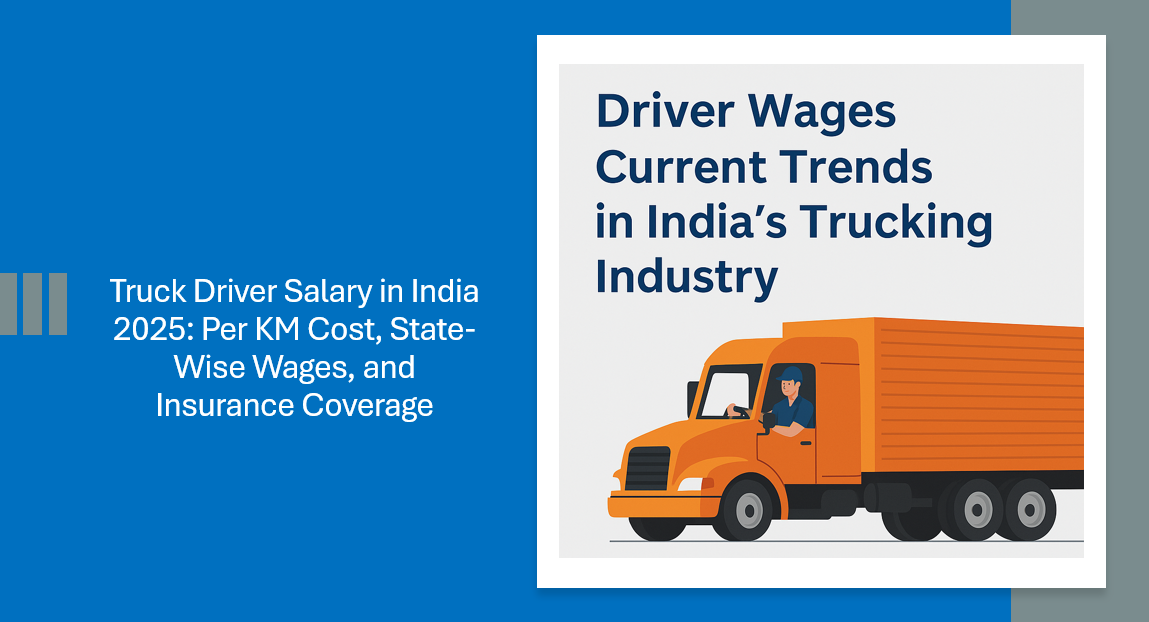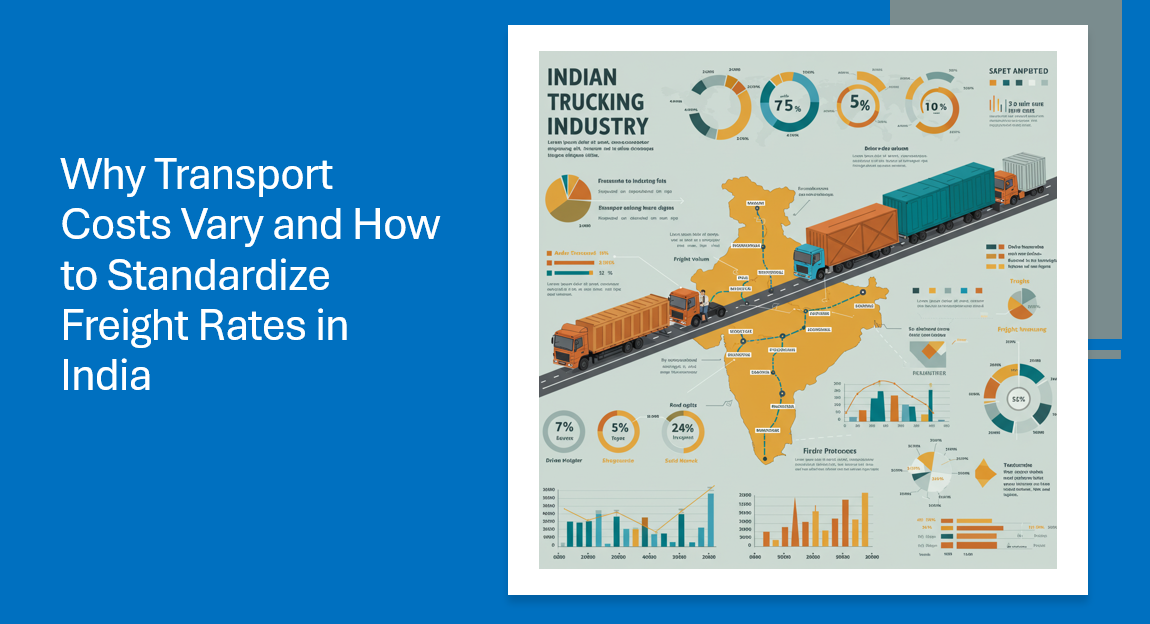Introduction
Managing operational costs is like playing a strategic game where the stakes are high and the rewards, significant. For fleet managers, this game involves navigating through a maze of fuel prices, maintenance schedules, and savvy technology investments to keep their fleet running smoothly and cost-effectively. Today, we’re diving into the 10 cardinal strategies ensuring that your fleet doesn’t just survive but thrives by significantly reducing operational costs. Buckle up; we’re embarking on a journey to drive down costs without cutting corners.
1. Leveraging Fuel Management

Fuel costs can burn a hole through your budget faster than you can say “gasoline.” Here’s how you tackle it head-on:
- Implementing fuel-efficient driving practices: It’s not just about how much you drive but how you drive. Encouraging drivers to adopt habits like gentle acceleration and avoiding idling can considerably lessen fuel consumption.
- Utilizing fuel cards for discounts and tracking: Fuel cards aren’t just for discounts; they’re powerful tracking tools that help you monitor and analyze fuel spending.
- Investing in fuel management software for real-time monitoring: Real-time data on fuel usage helps identify inefficiencies and opportunities for savings, making it an investment worth considering.
2. Regular Vehicle Maintenance

The saying, “An ounce of prevention is worth a pound of cure,” holds particularly true here.
- Creating a preventive maintenance schedule: Regular check-ups minimize the risk of costly repairs down the line.
- Using technology to monitor vehicle health: Technology like telematics can detect issues before they become expensive problems.
- Training drivers on basic vehicle checks: Knowledgeable drivers can catch minor issues before they escalate, saving both time and money.
3. Embracing Fleet Telematics

Telematics is the Big Brother you’ll actually like having around.
- Understanding the role of telematics in fleet management: It’s not just about tracking; telematics can provide crucial data on vehicle health, driver behavior, and fuel efficiency.
- Analyzing data for operational improvements: With telematics, data analysis can lead to actionable insights for reducing costs and enhancing efficiency.
- Reducing idle time and optimizing routes: By monitoring driver routes and habits, telematics can help you find more efficient ways to get from A to B.
4. Updating Fleet Policies

Rules aren’t meant to be broken here.
- Establishing clear guidelines for vehicle use: Clear policies can prevent misuse of vehicles, thereby saving costs.
- Promoting responsible driving behavior: Incentivizing good driving habits can lead to lower fuel and maintenance costs.
- Regularly reviewing and adjusting policies based on data: Stay adaptable and update policies as new cost-saving opportunities arise.
5. Investing in Driver Training

Because a well-trained driver is your biggest asset.
- Offering courses on fuel-efficient driving: Small changes in driving habits can lead to big savings on fuel.
- Training on vehicle maintenance awareness: Drivers who understand their vehicles can help prevent costly breakdowns.
- Encouraging certification on eco-driving practices: Eco-driving certifications not only save costs but also promote a greener brand image.
Advanced Cost-Saving Strategies
6. Optimal Fleet Sizing and Composition
Right-sizing is just as important as date-night dressing.
- Assessing the ideal size and mix of vehicles: Having too many or too few vehicles, or not the right type, can drive up costs unnecessarily.
- Analyzing usage to avoid under or over-utilization: Regularly review usage data to ensure each vehicle is justifying its place in your fleet.
- Transitioning to electric or hybrid vehicles where feasible: Electric vehicles can offer lower operational costs and are definitely worth considering for the long game.
7. Exploring Leasing Options
Sometimes, tying the knot isn’t better than just dating.
- Comparing leasing vs. buying vehicles: Leasing can offer financial flexibility and easier upgrades to newer, more efficient models.
- Understanding the financial benefits of leasing: Explore tax incentives and lower upfront costs that leasing can offer.
- Negotiating favorable terms with lessors: Don’t shy away from negotiating to get terms that suit your fleet’s needs.
8. Implementing a Robust Fleet Safety Program
Safety first is safety always.
- Instituting a comprehensive safety training program: Reducing accidents reduces costs dramatically, not to mention it keeps everyone safer.
- Utilizing technology for real-time driver coaching: Immediate feedback can correct risky driving behavior before it leads to accidents or wear and tear.
- Managing and mitigating risks to reduce insurance costs: A strong safety record can lead to lower insurance premiums.
9. Tracking and Reducing Total Cost of Ownership (TCO)
It’s all about the long haul.
- Calculating TCO for fleet decision-making: Understanding the total cost of owning your fleet helps make informed purchasing and maintenance decisions.
- Strategies for decreasing depreciation and operational costs: Regular maintenance and mindful utilization can help vehicles retain their value for longer.
- Leveraging resale value through maintained vehicle conditions: A well-maintained fleet can fetch a higher resale value, adding back into your budget.
10. Emphasizing Sustainability and Corporate Social Responsibility (CSR)
Green is the new black.
- Identifying the benefits of eco-friendly operations: Lower operational costs are just the tip of the iceberg; sustainability can enhance your brand’s reputation and customer loyalty.
- Incorporating green technologies and practices: From eco-driving to investing in electric vehicles, green practices pay off both financially and environmentally.
- Promoting CSR to enhance brand reputation and employee engagement: Employees and customers alike are drawn to companies with strong CSR values, creating a positive feedback loop.
Conclusion
Adopting even a few of these strategies can lead to substantial reductions in your fleet’s operational costs. Remember, the key to success lies in adaptability, continuous improvement, and fostering a culture of efficiency and responsibility. Begin with small, manageable changes and scale up as you start to see results. After all, in the never-ending quest for efficiency, every drop of fuel, every preventive maintenance check, and every data analysis counts. Let’s drive down those costs together, creating a leaner, greener, and more cost-effective fleet.
FAQs
Q: How can small fleets apply these strategies effectively?
A: Small fleets can focus on easily implementable strategies like driver training and regular maintenance to see significant improvements.Q: Are electric vehicles a viable option for all types of fleets?
A: While electric vehicles offer many benefits, their suitability depends on the specific operational needs and infrastructure availability.Q: How important is driver behavior in reducing operational costs?
A: Driver behavior is crucial, as responsible driving can significantly reduce fuel consumption, maintenance costs, and accidents.Q: Can technology alone solve all fleet operational cost issues?
Stay updated with LOGIXMINDZ! Subscribe to our NEWSLETTER for the latest insights and join our LinkedIn group for even more valuable content
A: While technology plays a vital role, a balanced approach including policy updates, driver training, and vehicle maintenance is essential for cost reduction.







Leave a Reply